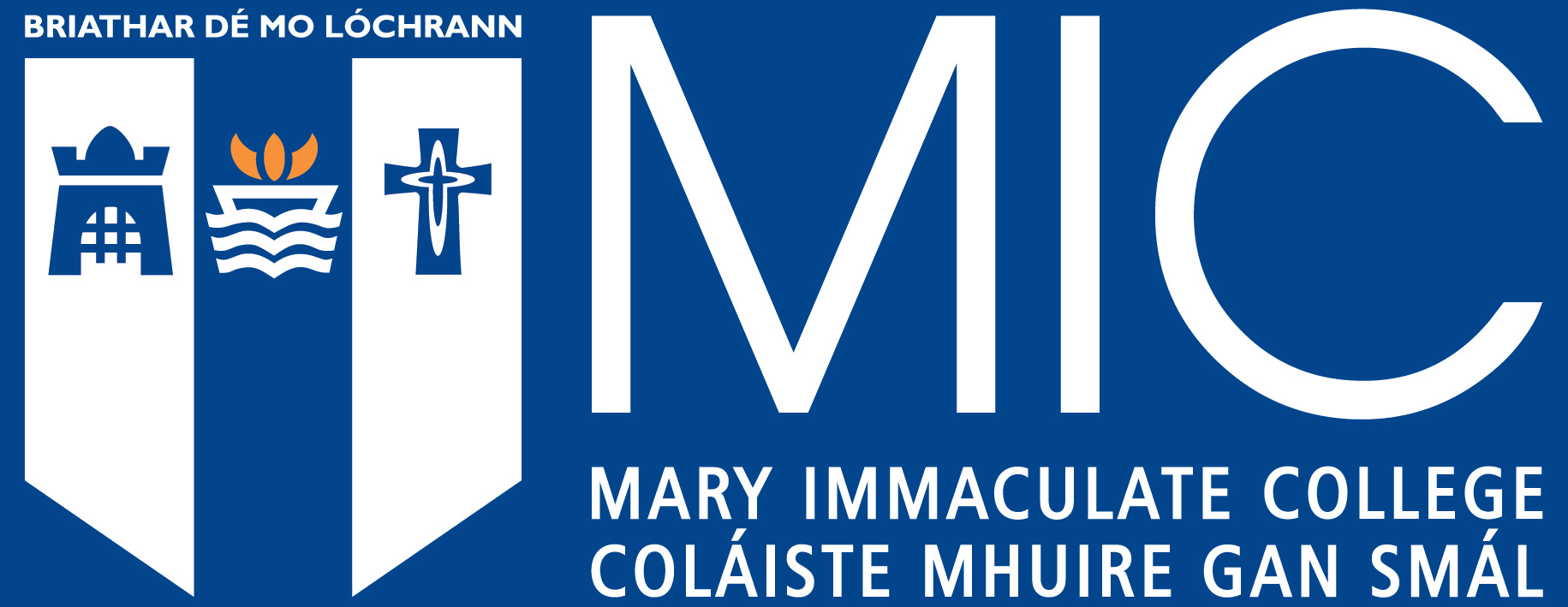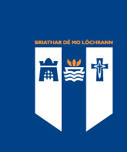Neo- and palaeolimnological investigations in a humic and a clear water lake in the west of Ireland
Abstract
Surface waters draining peat catchments often have a characteristic brown colour due to
the presence of dissolved organic carbon (DOC) compounds. A rise in DOC
concentrations has been documented in rivers and lakes in various parts of Europe and
North America over the last few decades. The processes responsible for the increased
DOC load are complex and not entirely understood, but it is obvious that this change
could be indicative of decreased terrestrial storage of carbon, which has important
consequences for aquatic ecology and drinking water quality.
This thesis applies contemporary or neo- and palaeolimnological approaches at different
temporal and spatial scales in a humic and clearwater lake in the west of Ireland (Lough
Feeagh, Co. Mayo and Lough Guitane, Co. Kerry). An investigation of contemporary
auto- (pico- and phytoplankton), mixo- (phytoflagellates) and heterotrophic (bacteria
and ciliates) communities was fundamental to this research. The results confirmed that
higher loads in suspended solids, and thus a darker water colour, which had a direct
effect on light attenuation, depressed autotrophic biomass and simultaneously
stimulated heterotrophic bacteria and potentially mixotrophic phytoflagellates. A
heterotrophic base for total organic production served as an energy and carbon source.
A flash-flood in July 2009 caused an increase in Cryptophyta and bacteria. In contrast,
the clear water lake was characterized by lower DOC levels and deeper Secchi depths
and thus, more light availability, favouring the autotrophic community and extending
the growing season.
Sediment traps installed in three locations within each lake showed contrasting seasonal
and inter-annual dynamics of lithological, geochemical and biological variables. C/N
ratios reflected a mixture of algal and land-derived organic matter with a major peaty
influence in the humic lake. The comparison of the open water phytoplankton
community and diatom assemblages with sediment trap fossil pigment and diatom
assemblages showed a close agreement and reflected a seasonal pattern. In contrast, the comparison between sediment trap and surface sediment assemblages revealed different
patterns. Pigment and diatom assemblages were influenced by water depth, while interannual
variability and/or dilution and mixing through bioturbation influenced the
surface sediment diatoms.
Lastly, sediment core lithological, geochemical and biological proxies enabled
reconstruction of the past environment of the lakes and their surrounding catchments.
Both lakes were characterized by contrasting water column and sediment trap responses
and consequently their sediment core responses were different. Divergent levels of
DOC in the two lakes contribute to different algal community structures and thus fossil
assemblages. One of the most striking outputs was shown by an index of ultraviolet
radiation penetration that gave an indirect indication of dissolved organic matter (DOM)
present in the water column. A decreasing trend in the humic lake indicated an increase
in DOM in the water column over the last ca. 70 years. This was paralleled by an
increase in Cryptophyta known to tolerate lower light conditions and a shift in diatom
assemblages. The trend was concurrent with extensive commercial afforestation and an
exponential increase in sheep grazing, however climate change could also have
contributed to the transport of suspended sediment into the lake.
Keywords
Clear water lakeNeo-palaeolimnological
Palaeolimnological
Humic lake


